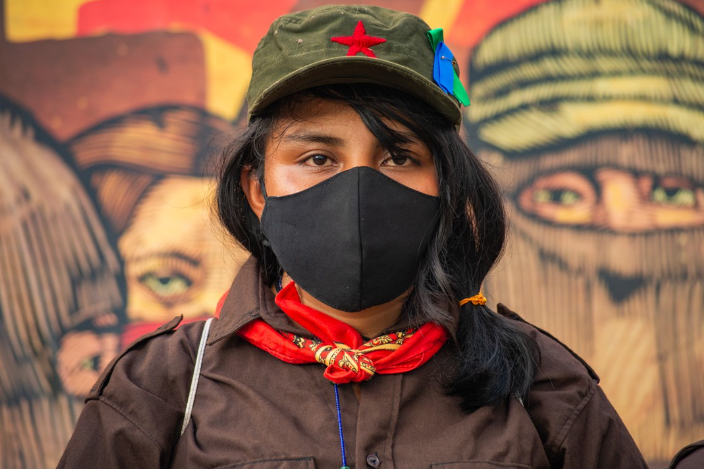
To Bequeath Life: 30 Years Since the Zapatista Uprising
Photography: Montserrat Rojas & Luis Suaste
Between December 29 and January 2, 2024, the celebration of the 30th Anniversary of the Beginning of the War Against Oblivion took place in Caracol VIII “Resistance and Rebellion: A New Horizon”, in the Zapatista village of Dolores Hidalgo. The event was organized by thousands of Zapatista support bases, men, women, boys, girls, old men and women who, with faces covered by balaclavas, bandanas and masks, celebrated three decades of resistance to the capitalist system with sports, arts, music, food and popular dance. These lands, recovered after the armed uprising of the Zapatista Army of National Liberation (EZLN) in 1994, are concrete evidence of how Zapatismo in Chiapas has improved the living conditions of the communities based on organization, autonomy and rebellion.
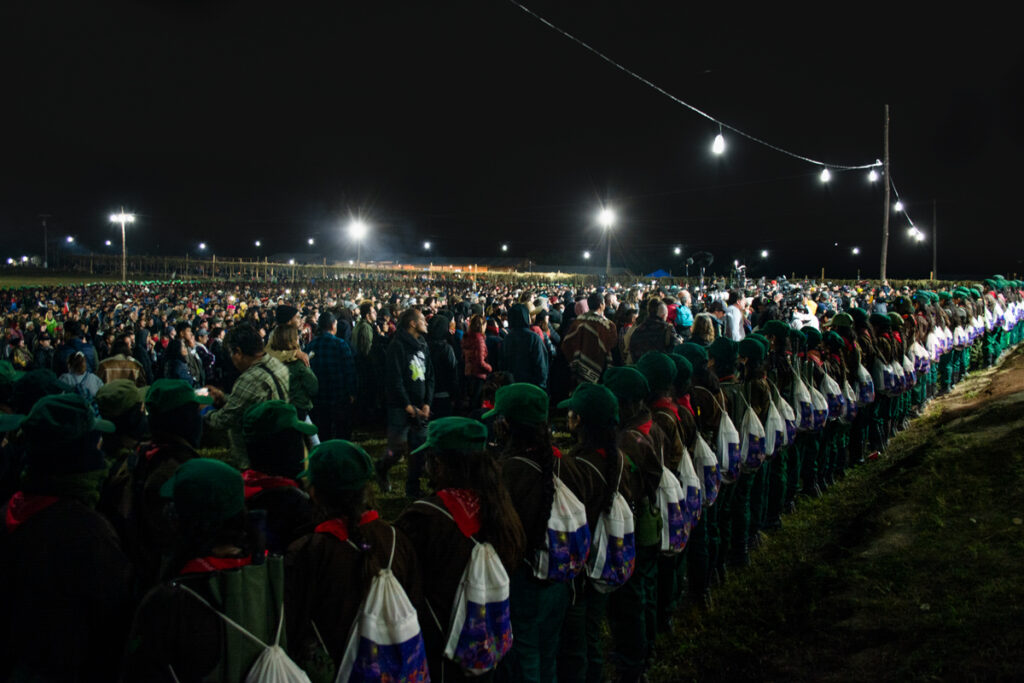
A History
For much of the last century, these lands were owned. In the case of Dolores Hidalgo, an old farmer from Comitán owned thousands of hectares that he used as pastureland. At the top of a small mountain he had a large cabin where he looked over the entire landscape that he had taken from the people with a supposed title deed, as if mother earth had a price. The Tzeltal families of the jungle zone were forced to live in the mountains, where the terrain was unstable and they were denied entry to the supposed “private property” of the so-called Rancho Dolores. There, women, men and children went to work extreme exploitative days. They fed and cared for the employer’s animals, while receiving no pay for their work. The children were not allowed to go to school or play freely, but rather had to fetch water for the pigs and clean the stables. Many of the adult men did not even have money to buy clothes. They covered their bodies with a white cloth tied around their waists and a hole to put their heads through. Meanwhile, the boss even had a small plane to travel to other municipalities in Chiapas. These practices were common in different regions of southeastern Mexico where caciquismo 1 and violence were the norm.
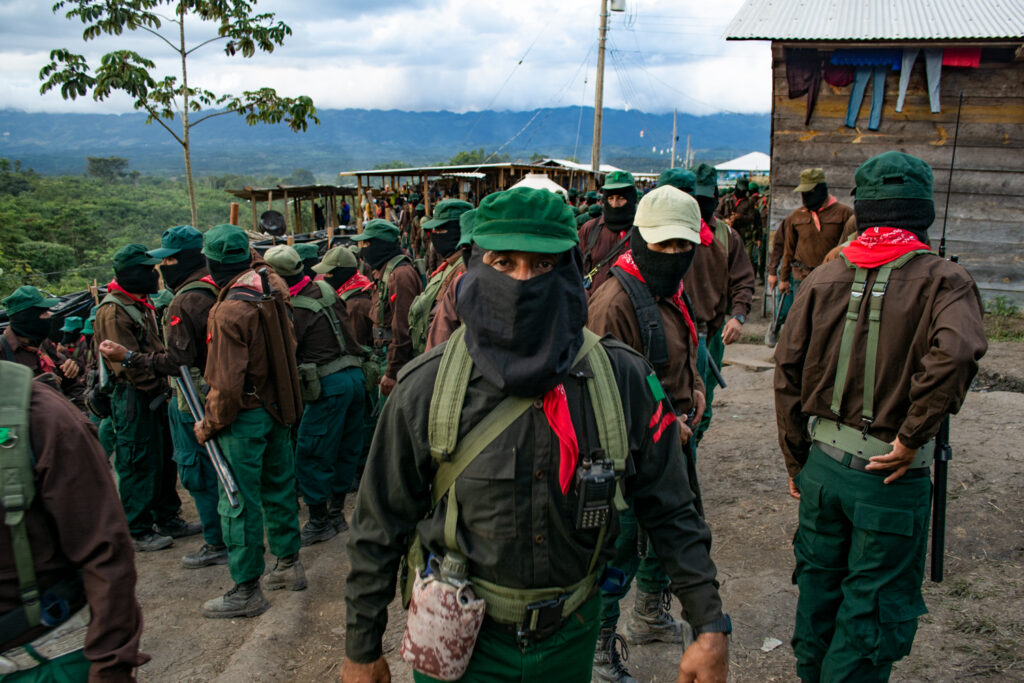
Don Manuel recounted these scenes of the painful past as if they were an excerpt from a B. Traven book. His memory of the oppression and indignities he and his family experienced is present. After the 1994 uprising, the Rancho Dolores landowners practically fled, leaving everything behind. The families recovered these lands, founded villages and began a long process of reconstituting communal life. They organized themselves to rebuild a dignified life, to ensure the “material base” and to pass on a path of resistance to their descendants in order to put an end to the continuous domination. As Don Manuel told his story, his ten-year-old grandson, who his face covered with a red bandana, listened attentively. There is no doubt that today the life of that child is very different from the one lived by Don Manuel who, with pride, looks at the horizon and sentences: “there is no longer a boss, now we have land and we make milpa, we have beans, corn, squash and we have food all year round, because we work collectively.”
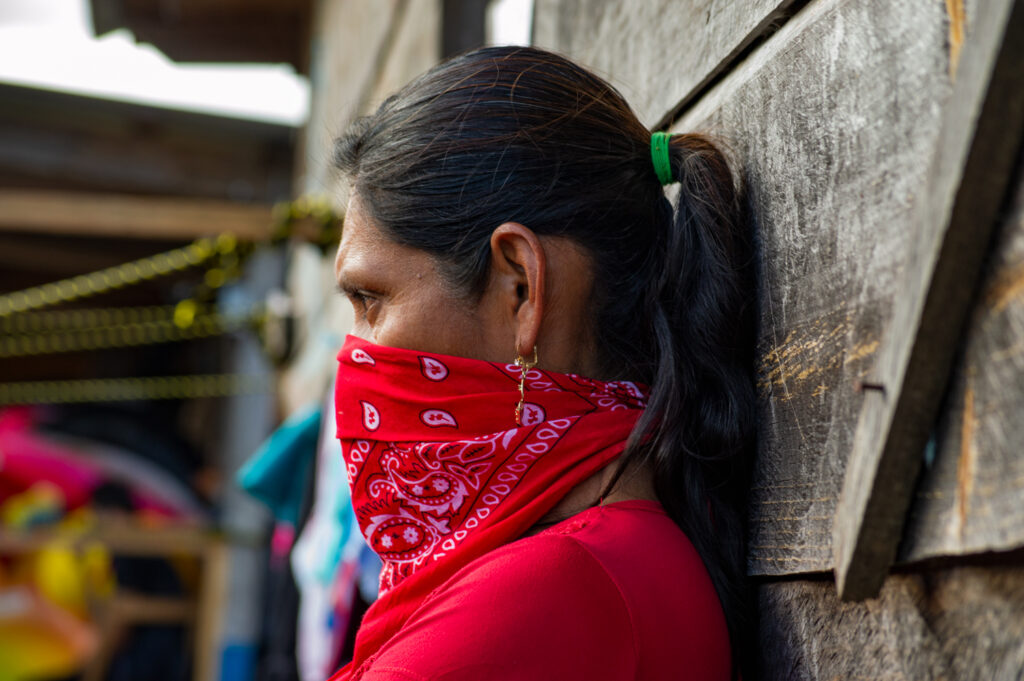
A lesson
The more than a thousand attendees from twenty countries around the world who were invited to the commemoration realized that this change in the lives of the Zapatista generations is real and is due to the political strength of the EZLN, to its conviction and fortitude. The young militia women and men who today protect the people, those who are part of the Tercios Compas to document and communicate, those who are involved in the areas of health and education as promoters and of course those who are part of the Local Autonomous Government (GAL), are the result of a three-decade struggle that, even with its enormous challenges and criticisms in its mode of organization, is undeniable in terms of social transformation. The Zapatistas have called this long-term process that aspires to be a “good seed” of resistance, bequeathing life, as they pointed out in the communiqué entitled Doceava Parte (Twelfth Part). Fragments:
We do not intend to bequeath to the next generations a conception of the world. We do not want them to inherit our miseries, our grudges, our pains, our phobias, or our philias. Nor do we want them to be a mirror with a more or less rough reflection of what we consider to be good or bad.
What we want is to bequeath life. What other generations do with it will be their decision and, above all, their responsibility. Just as we inherit life from our ancestors, we take what we consider valuable, and assign ourselves a task. And, of course, we take responsibility for the decision we make, for what we do to fulfill that task, and for the consequences of our actions and inaction.
When we say that “It is not necessary to conquer the world, it is enough to make it again,” we move away, definitively and irremediably, from the current and previous political conceptions. The world we see is not perfect, not by far. But it is better, without a doubt. A world where everyone is who he or she is, without shame, without being persecuted, mutilated, imprisoned, murdered, marginalized, oppressed.
We do not intend to pass on laws, manuals, worldviews, catechisms, rules, routes, destinations, steps, companies, which, if you look closely, is what almost all political proposals aspire to.
Our intention is simpler and terribly more difficult: to bequeath life.
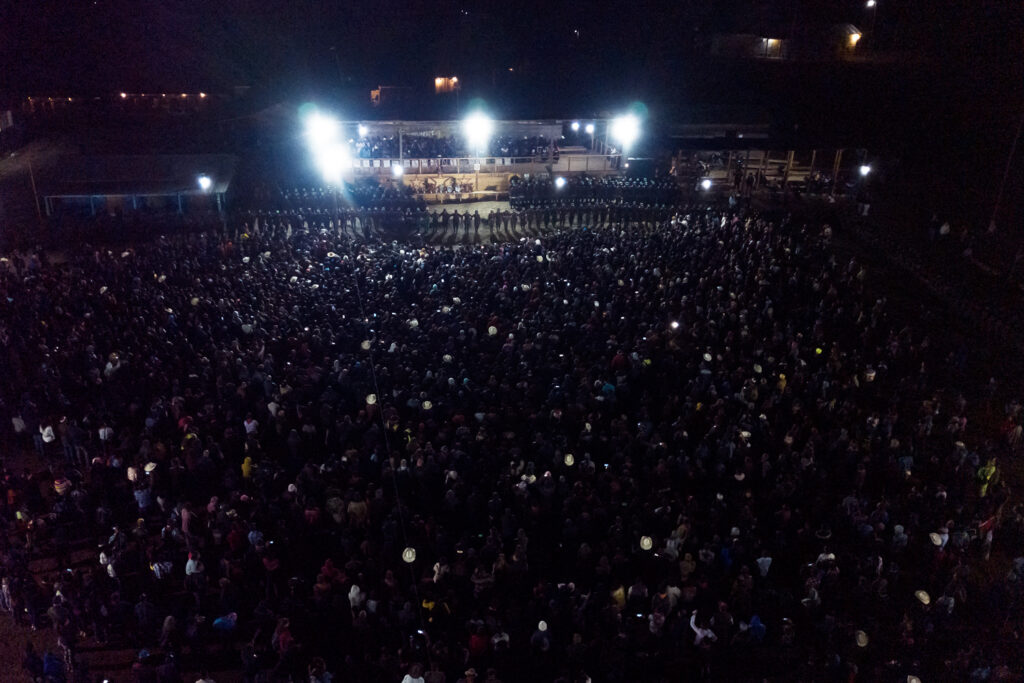
This struggle to change the history of the new generations, to make a world without domination or oppression of any kind, also teaches us that they see beyond the immediate, that they point to a long road, a long-term resistance, as Subcomandante Insurgente Moisés points out: “as the Zapatistas that we are, our gaze is the size of our heart, and our journey is not of a day, a year, a six-year term. Our step is long and leaves a mark, even if it is not seen now or if they ignore and scorn our path. We are well aware that it has not been easy. And now everything is worse, and we have to look at that girl in 120 years. So we have to fight for someone we will never meet. Neither us, nor her children, nor her children’s children, and so on. And we have to do it because it is our duty as Zapatistas. To struggle now means bequeathing life to a Zapatista girl who will be born in 120 years.
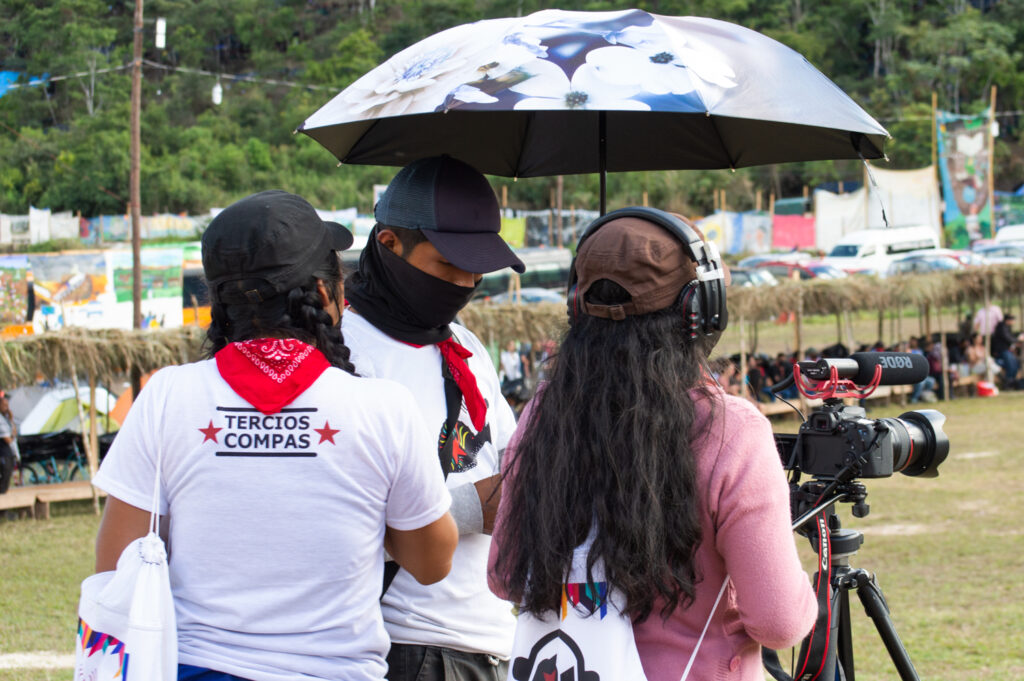
These younger generations, who already live autonomy on a daily basis, played an extremely important role in the celebration of this 30th anniversary. The Zapatista support bases of the twelve Zapatista Caracoles staged different plays and dances where they explained to us “the history that is woven” in the communities. By way of narration, they took us into the first years of the struggle, the creation of the Caracoles and the Good Government Councils, the way in which they have confronted problems such as state social programs, land disputes, paramilitarism and their relationship with the political party members. Likewise, they told of the self-criticism of the so-called pyramid through the Zapatista Autonomous Rebel Municipalities (MAREZ) that they decided to dissolve after a deep collective evaluation which took them 30 years to move to a reorganization from local to regional levels through the so-called GAL, passing through the Collectives of Zapatista Autonomous Governments (CGAZ) and the Assembly of Collectives of Zapatista Autonomous Governments (ACGAZ) with the slogan of working on common good; that is to say, “non-property,” as they explained in their last communiqué.
A message
On the night of December 31, the central message of the EZLN, in the voice of Subcomandante Insurgente Moisés, dedicated his words to those absent, the disappeared, the searchers, the murdered girls, boys, women and youth, the political prisoners and the fallen in the more than 500 years of struggle who are not present but who are in the collective memory. The anniversary speech was a sort of closure to a score of communiqués issued by the Zapatistas since October 2023. It would not be possible to analyze here each one of the complex messages that we were invited to read and discuss, but in Sup Moi’s speech the criticism of the land ownership model as the core of his proposal to work the commons was clear. In his speech he was very emphatic about the idea of moving from saying to doing in order to achieve the creation of other worlds where the peoples can govern themselves and work the land that does not belong to anyone, but to the commons, to the peoples who work and organize themselves to live in freedom, including the implication of self-defense against external threats such as the State itself, megaprojects, paramilitarism and criminality. Self-criticism also stood out in their words, both regarding their pyramidal organization as well as in pointing out that they have not adequately fulfilled their purpose, that they have achieved nothing as long as there is death and destruction; what is missing, then, is yet to be done. “We are alone as we were 30 years ago” was the phrase that most resounded in the hearts of all the Zapatista bases and guests who received the direct message.
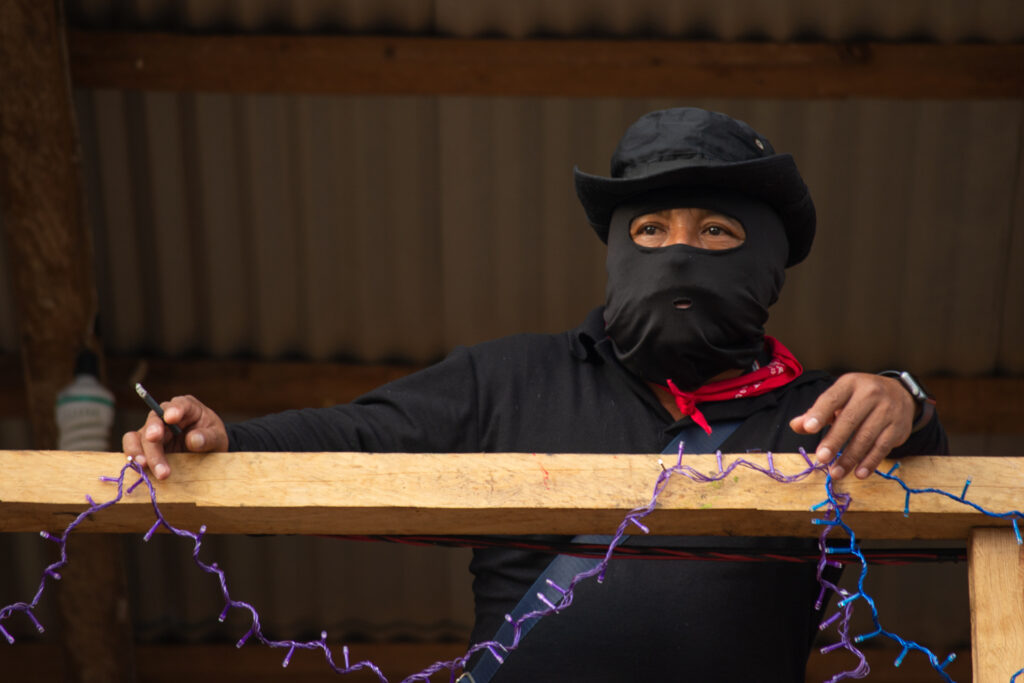
The collective feeling of those present upon hearing this message was not entirely one of euphoria and celebration as some had expected. Although there were many reasons to raise our spirits, it felt much more like a serious and reflective call to assume the responsibility that corresponds to us in each geography to resist the Hydra, to carry out the revolutionary task. The reflection that we took home to discuss with our compañer@s, families and organizations is that we are facing a global emergency and we must act from our spaces to destroy capitalism and patriarchy. “What is needed now is to change this,” declared Sub Moi at the end of his speech in front of thousands of people who listened to him in silence with total attention. I believe that this is one of the contributions of Zapatismo to the world from below: to question, to call for organization, to motivate responses to the “what about you” and to put a mirror in front of this great WE that we are in order to inspire practices that allow us to live in freedom outside the bonds of contemporary capitalism. At the end of the day, we too are bequeathing life, but now it is our turn to do our part.
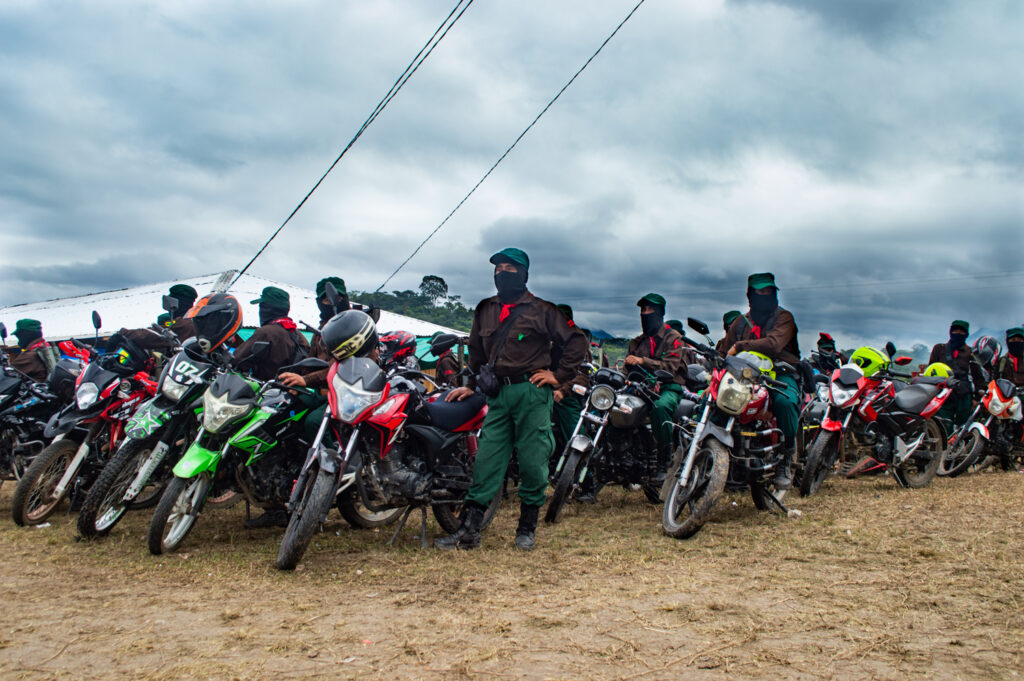
Original text published by Regeneración Radio on January 4th, 2024. https://regeneracionradio.org/archivos/14516
English translation by Schools for Chiapas.
